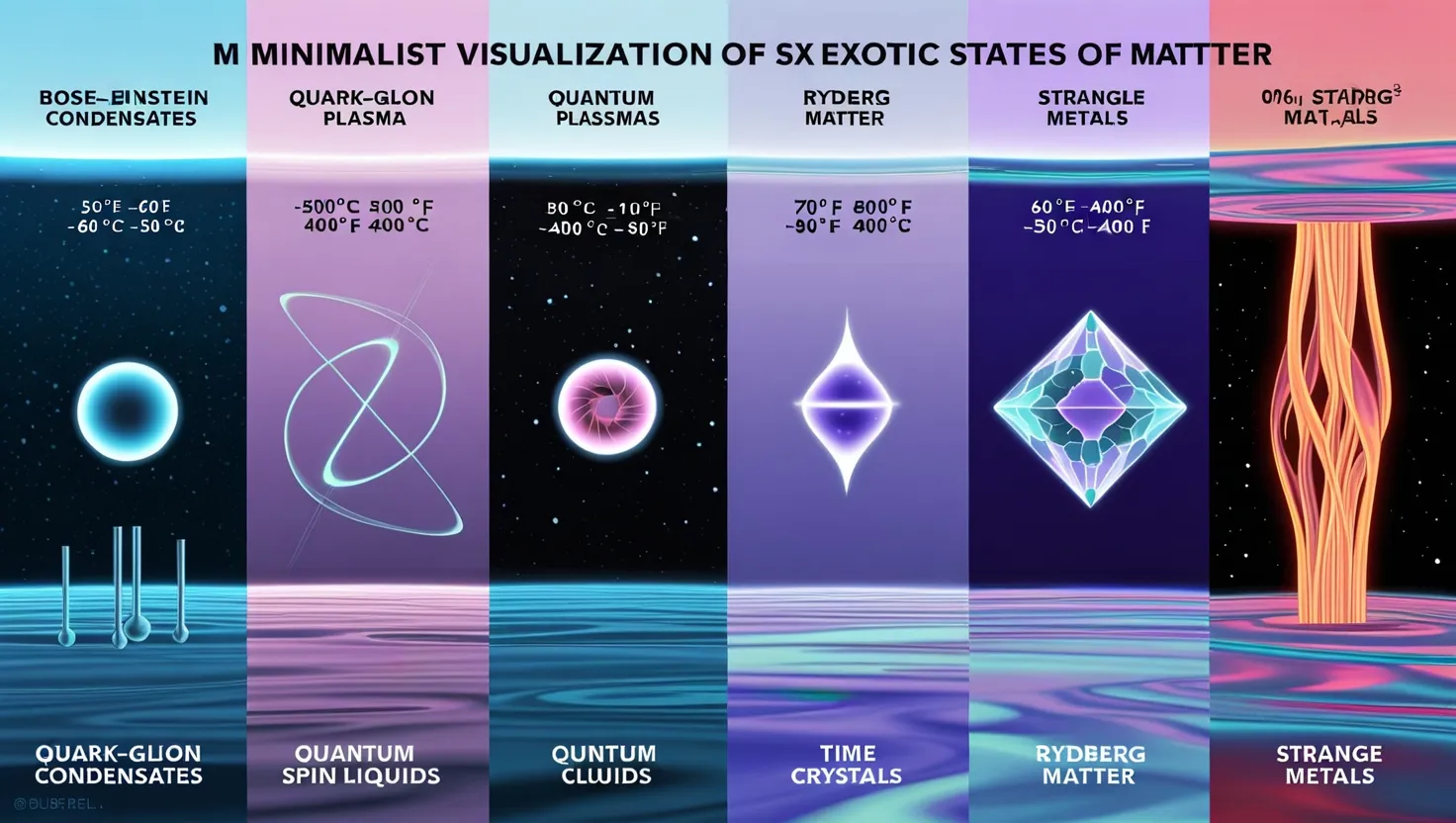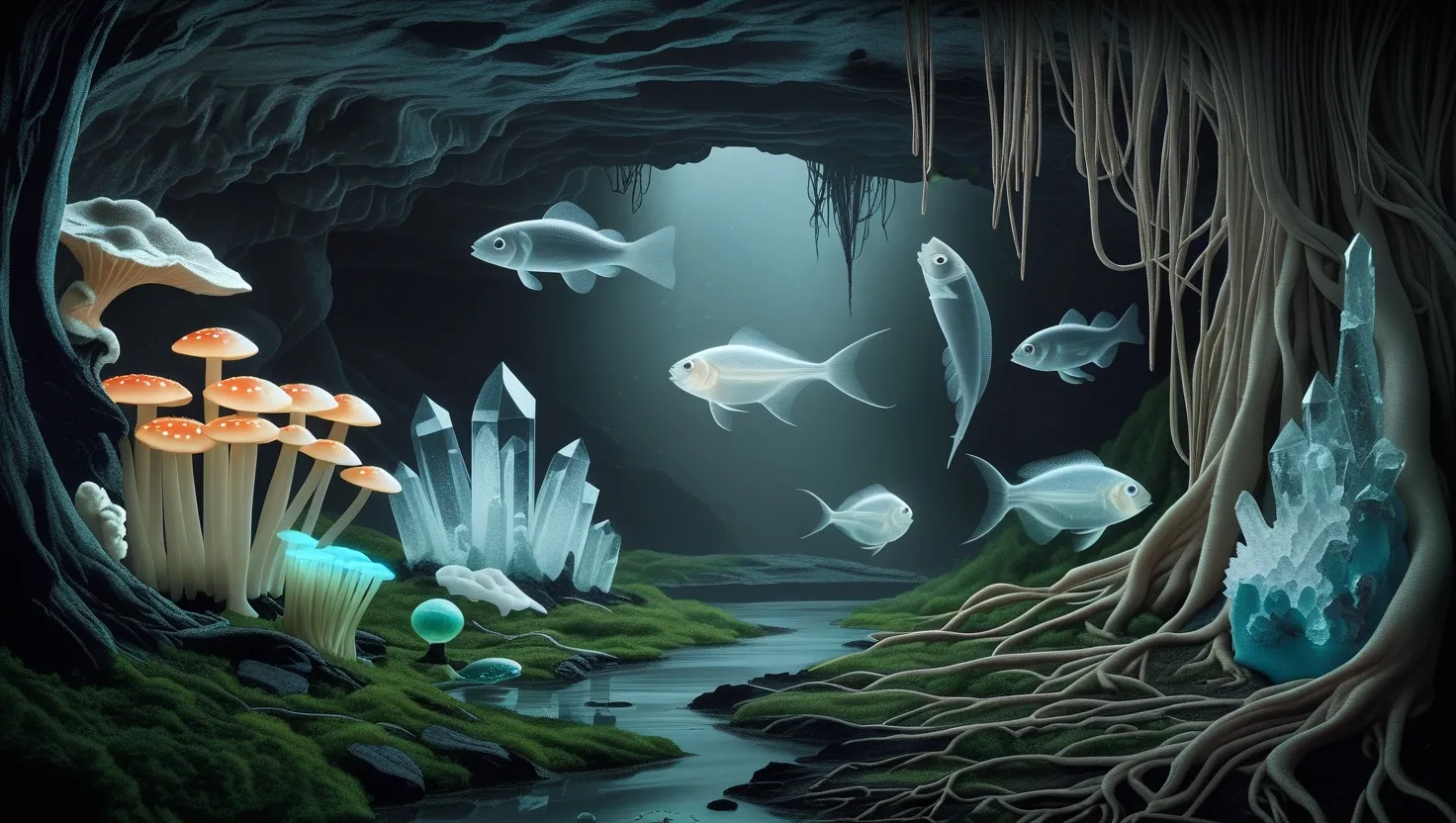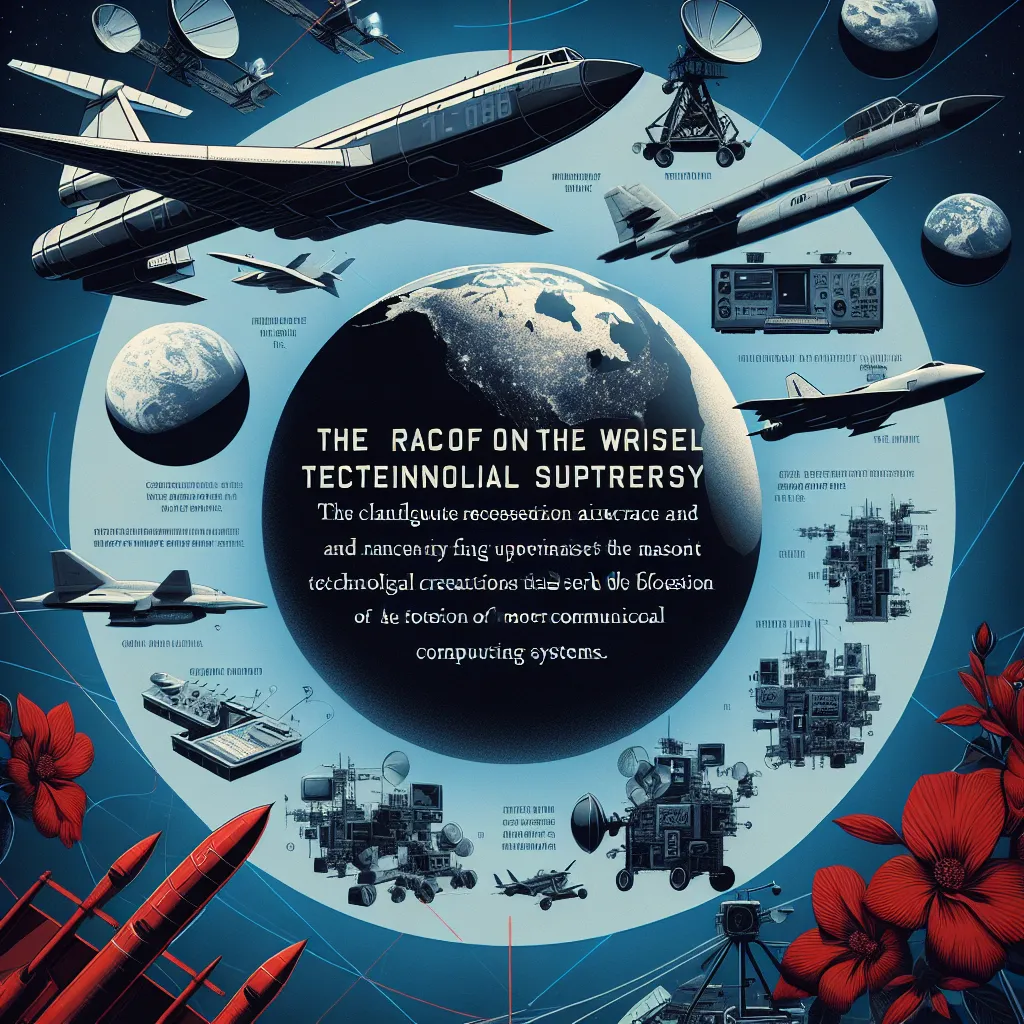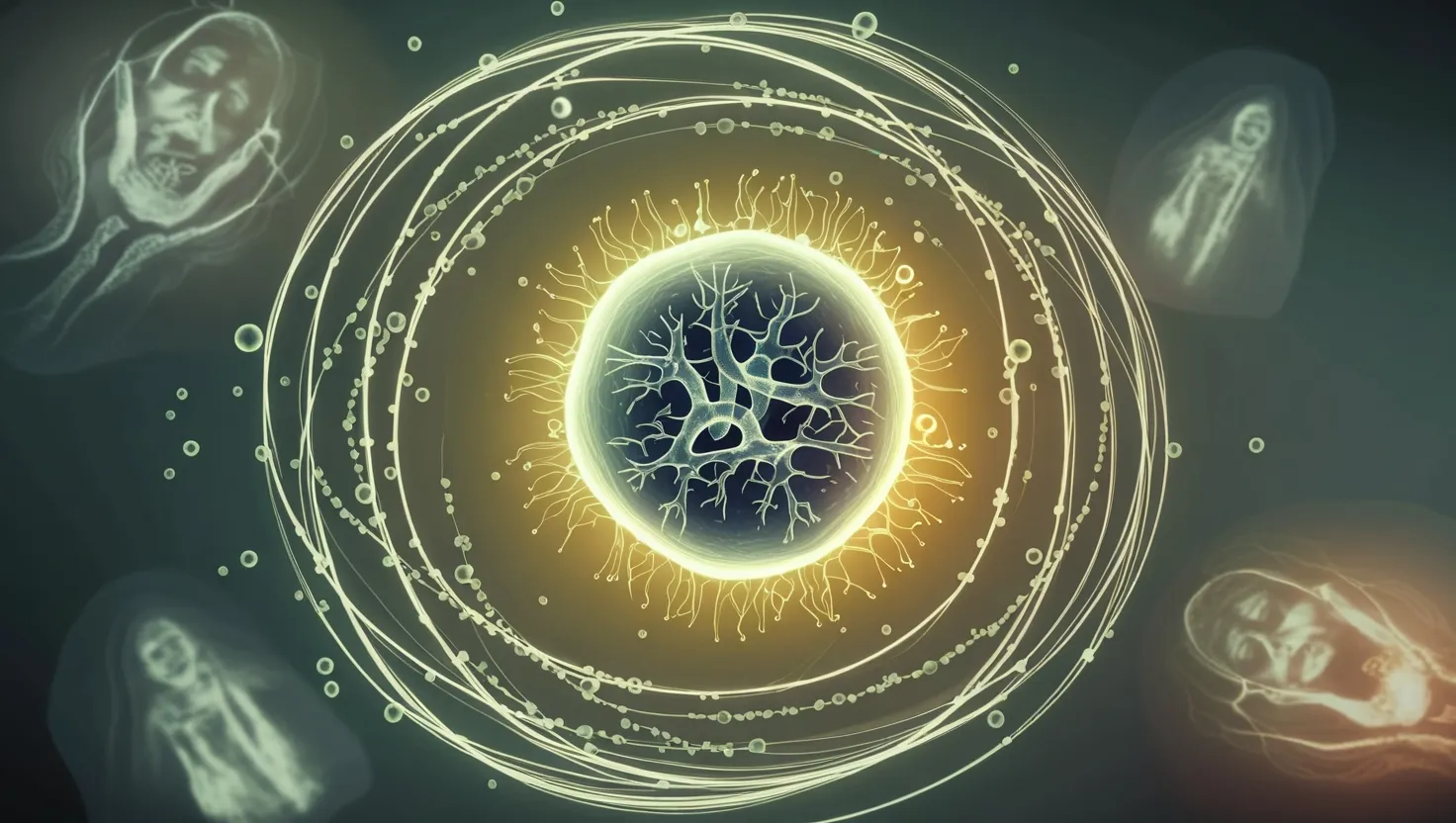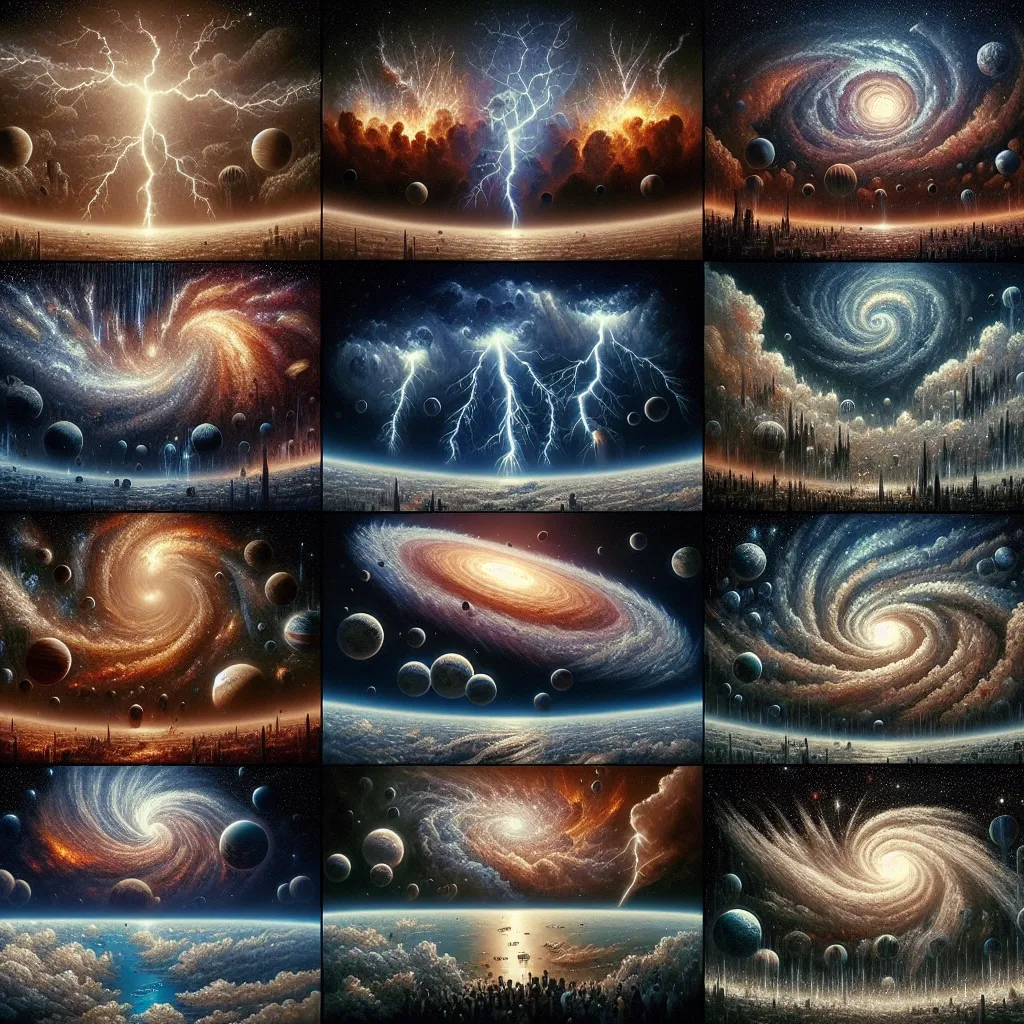Beyond the familiar realms of solids, liquids, and gases lies a fascinating world of extraordinary states of matter that challenge our understanding of physical reality. These exotic forms push the boundaries of what we thought possible, revealing the bizarre behavior of matter under extreme conditions. Let’s venture into this captivating domain and explore six remarkable states that defy conventional wisdom.
Imagine a world where atoms lose their individual identities and merge into a single quantum entity. This is the realm of Bose-Einstein condensates (BECs), a state of matter that emerges when certain types of atoms are cooled to near absolute zero. At these unimaginably low temperatures, the atoms’ quantum wavelengths overlap, causing them to synchronize and behave as one coherent wave.
BECs exhibit mind-bending properties like superfluidity - the ability to flow without friction. Picture a liquid that could climb the walls of its container or flow through the tiniest cracks without resistance. This isn’t science fiction; it’s the reality of BECs. Their zero viscosity allows them to perform feats that seem to defy gravity and common sense.
“Nature uses only the longest threads to weave her patterns, so that each small piece of her fabric reveals the organization of the entire tapestry.” - Richard Feynman
But what practical applications might arise from this strange state? Scientists are exploring BECs for ultra-precise sensors, as their extreme sensitivity to external forces could revolutionize measurements of gravity, rotation, and magnetic fields. Can you imagine navigation systems that never lose their way or clocks so accurate they wouldn’t lose a second in billions of years?
Moving from the ultra-cold to the ultra-hot, we encounter quark-gluon plasma - a state of matter that existed microseconds after the Big Bang. In this extreme environment, temperatures soar to trillions of degrees, causing protons and neutrons to melt into their constituent quarks and gluons.
This primordial soup of subatomic particles behaves more like a perfect liquid than a gas, flowing with almost no viscosity. By recreating these conditions in particle accelerators, scientists can peer into the earliest moments of our universe and understand the fundamental forces that shaped it.
What secrets might this exotic plasma hold about the nature of matter itself? Could studying quark-gluon plasma lead to breakthroughs in our understanding of strong nuclear forces or even reveal new particles?
Now, let’s venture into the realm of quantum spin liquids - a state where magnetic moments refuse to settle into an ordered pattern, even at absolute zero. Unlike typical magnets, where electron spins align in a fixed arrangement, quantum spin liquids maintain a constant state of fluctuation.
This perpetual quantum dance makes spin liquids incredibly resilient to decoherence - the loss of quantum information due to interaction with the environment. This property has caught the attention of quantum computing researchers, who see potential for creating more stable qubits - the building blocks of quantum computers.
“I think I can safely say that nobody understands quantum mechanics.” - Richard Feynman
Could quantum spin liquids be the key to unlocking the full potential of quantum computing? Imagine computers millions of times more powerful than today’s supercomputers, capable of solving complex problems in seconds that would take classical computers millennia.
Prepare to have your concept of time challenged as we explore time crystals - a state of matter that breaks time symmetry by exhibiting perpetual motion and repeating patterns in time without energy input. These systems seem to defy the fundamental laws of thermodynamics, maintaining a non-equilibrium state indefinitely.
Time crystals represent a new form of matter that exists not in space, but in time. They oscillate between states at a fixed frequency, even in their lowest energy state. This bizarre behavior has physicists rethinking our understanding of time itself and the nature of equilibrium in physical systems.
What implications might time crystals have for our understanding of the universe? Could they lead to new types of atomic clocks or quantum memory devices that maintain coherence for unprecedented periods?
Let’s shift our focus to Rydberg matter - a state composed of highly excited atoms with electrons in distant orbitals. These atoms exist in a transitional state between normal matter and plasma, exhibiting metallic properties and extraordinary lifespans.
Rydberg atoms are giants in the atomic world, with diameters thousands of times larger than normal atoms. This expanded size makes them incredibly sensitive to external fields and allows them to interact over much greater distances than typical atoms.
“The important thing is not to stop questioning. Curiosity has its own reason for existing.” - Albert Einstein
How might we harness the unique properties of Rydberg matter? Could their sensitivity to electromagnetic fields lead to new types of sensors or communication devices? Might they play a role in quantum information processing or the development of quantum simulators?
Finally, we arrive at strange metals - materials that exhibit electrical resistance that scales linearly with temperature, defying the behavior predicted by conventional quantum theory. This unusual property has puzzled physicists for decades and may hold the key to understanding high-temperature superconductivity.
Strange metals challenge our understanding of how electrons behave in materials. In normal metals, electron interactions can be described using the concept of quasiparticles - collective excitations that behave like particles. But in strange metals, this framework breaks down, suggesting a more fundamental description of electron behavior is needed.
What secrets might strange metals reveal about the nature of electron interactions? Could unraveling their mysteries lead to room-temperature superconductors - materials that conduct electricity with zero resistance at everyday temperatures?
As we conclude our journey through these extraordinary states of matter, we’re left with a sense of wonder at the complexity and diversity of the physical world. Each of these exotic states challenges our preconceptions and opens up new avenues for research and technological innovation.
From the quantum realm of Bose-Einstein condensates to the primordial soup of quark-gluon plasma, from the fluctuating world of quantum spin liquids to the time-defying behavior of time crystals, from the giant atoms of Rydberg matter to the perplexing conductivity of strange metals - these states of matter remind us that reality is far stranger and more fascinating than we often imagine.
What other exotic states of matter might be waiting to be discovered? How will our understanding of these phenomena shape the technologies of tomorrow? As we continue to probe the boundaries of physical reality, we’re sure to encounter even more surprises that challenge our understanding and expand our horizons.
